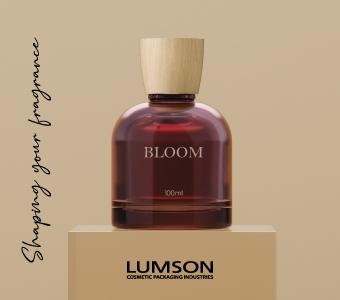In their report, ‘On Trend: The evolving beauty consumer’, Kantar analysed the purchase habits of more than 300,000 individual and households in 20 countries [1] and women’s daily usage habits across seven major economies [2] to understand the impact of two years of coronavirus lockdowns, shifting priorities, and the continuation of the work from home culture.
Decrease in the use of cosmetics
The data collected by Kantar shows a striking decrease in the weekly use of cosmetics in every market, with weekly usage down an average of 28% compared with pre-pandemic levels and down 31% compared with five years ago, as women choose simpler routines. The trend is particularly apparent amongst European beauty consumers who have significantly decrease their use of face and lip make-up, year-on-year.
The study also identifies that more shoppers are opting for fewer, higher quality usage occasions. The focus is now on fewer, long-lasting beauty products that can be applied quickly.
Actually, according to Kantar, the increase in premium beauty product usage along with a surge in demand for natural beauty products, which moved from, on average, 18% of sales in 2017 to 24% of sales in 2021, helped the market recover to pre-pandemic levels of revenue.
The hair care market is on the growth
Through the pandemic period, the percentage of women choosing to wear their hair longer grew from, on average, 58% of women in 2017 to 62% in 2021. Simultaneously, women chose to wash their hair less frequently, down almost 10% over five years to 2.8 times per week on average.
Illustrating the premiumisation trend, despite falling usage, hair conditioners and treatments grew in sales value, generating 5% growth in 2020 (compared to 2019), and 7% growth in 2021 (compared to 2020).
The premiumisation trend has been spearheaded by requirements for specific haircare solutions to help promote growth. For instance, products targeting specific hair conditions including hair loss and dandruff have grown 5 times faster than the overall shampoo market rate.
The shift to environmental consciousness
Another underlying trend noted by Kantar is the growing awareness of consumers of beauty products regarding sustainability and safety issues.
Hence, face and body products made from naturally produced ingredients represented 24% of sales in 2021, compared to 18% of sales in 2017. The largest increase is in France, where the shift was from 23% of consumers in 2019 to 32% in 2021.
Environmentally conscious consumers are also willing to pay extra for sustainable and natural products, also highlighted Kantar. Eco-active households spend more than the average household on beauty products, with French Eco-Active households spending 5% more on beauty products per shopping trip.
“Though consumers are seeking simpler routines and a ‘natural’ look, this does not mean they will suddenly move away from beauty products. Consumers will binge on various products that respond to their changing demands,” said Ashley Kang, Global Beauty Director of Kantar.
In the skin care category, consumers will continue to focus on ‘sustainable’, ‘natural’ and ‘derma’ products. Furthermore, with growing number of females wearing hair long, hair and scalp treatments represent a growth major opportunity.




































